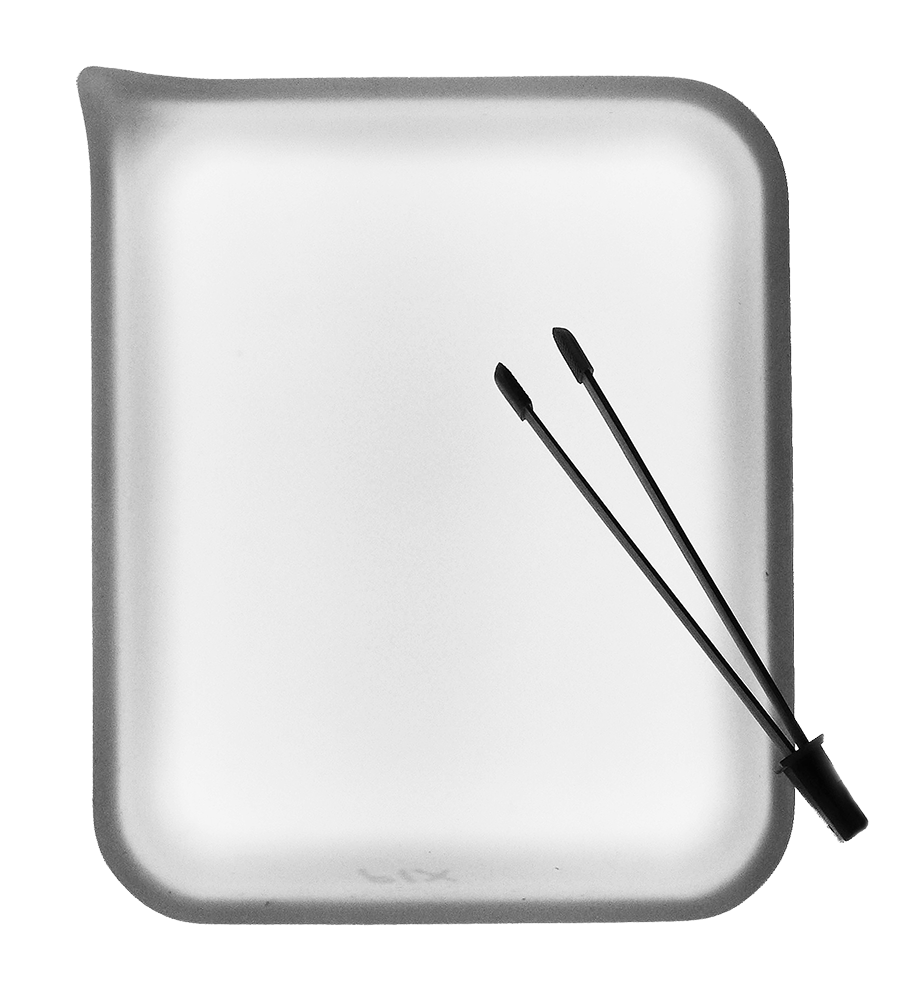Biography
I have over 60 years of experience in photography. I have, at times, been a professional photographer, in that I got money for doing something photographic; i.e., a wedding/commercial photographer, a professional darkroom practitioner, or a teacher. However, for most of the time, I practice the art and craft as an amateur.
I have photographs in several private and institutional collections, and have exhibited in galleries in Austin, Dallas, Denton, Kilgore, and Lubbock. I have published photo illustrations for music magazines and album covers, as well as a book of photographs of historic pipe organs.
Retired from the “day job” as an analyst for the Department of the Treasury, I maintain a working darkroom and a small studio. After a lifetime of landscapes, architectural and documentary work, I am trying to create photographs in the studio. As part of this process, I am experimenting with still life, macro, and small abstract setups. I still capture scenes that I encounter while traveling, of course.
While using digital for most current work, some black and white is still done with film and silver gelatin printing.
Statement
Like most photographers my age, I have been influenced by many photographers that have come before us. In my case, it’s Brett and Edward Weston, Imogen Cunningham, Berenice Abbott, Aaron Siskind, Paul Outerbridge, George Tice, Richard Avedon, and many others. What I see as common among that list is that they all made their own, distinct images with relatively simple, basic tools and materials. The photography is very straight forward and deliberate.
I am particularly appreciative of a loose association that existed many decades ago called Group f.64, because of what they were trying to say as a “movement”. Group f.64 believed that the art of photography must develop along the lines defined by the actualities and the limitations of the medium. Rather than trying to imitate paintings, the members of the group made images that emphasized the look obtained with a camera. Even with the vastly expanded potential of digital, I still try to make photographs that look as if they just “fell out of the camera”.
A photographer I really admire once lamented that perhaps we were doing most of our work for other photographers. If that is true, then it’s too bad. However, it may well be true. It’s no secret that the laity probably doesn’t get much of our work. They rarely care about what camera, lens, film, developer, software, or paper we used! They just want to see the pictures!
